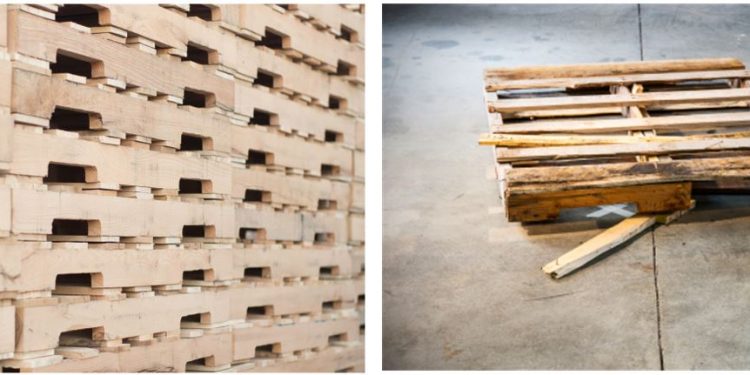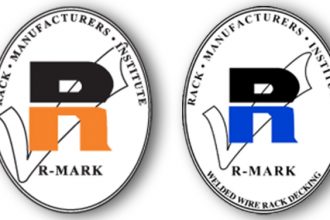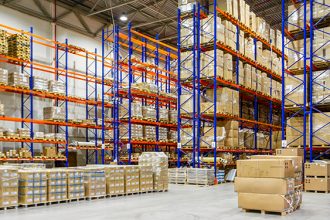Pairing Pallets and Racking

Before making any rack purchase, it’s important to understand the type and condition of your pallets.
You’ve got a big investment in your racking system, so you want to get it right. One of the biggest considerations when choosing your racking are the pallets in your operation. You need to know what type of pallet you use, and what condition it is in before your racking partner can properly specify the requirements for your project.
First up on the list is the type of pallet. Materials can vary from wood to plastic, to steel containers or wire baskets in their place. A typical wooden pallet—and the most commonly used– will come from either a recycled pallet operation like CHEP, or a Grocery Manufacturers Association (GMA) pallet. Both are popular choices in the United States and come with a standard footprint of 48” deep by 40” wide. The vast majority of rack systems are designed to accommodate these dimensions.
The condition of your pallets is also an important factor in determining what racking system you can use. Pallet condition is generally ranked from best to worst, with an A, B, or C grade. The condition will play a big role in which racking system you purchase.
Most racks are designed for an A quality pallet; this means the pallets are in good shape, especially on the bottom where they interact with the racking surface on which they are stored. If you’re using a good quality pallet, you can save money on your racking system because you won’t need to accessorize with safeguards, as much as you would with lower quality pallets. With grade A pallets, a simple two-beam design will more often than not suit your operations.
On the other hand, when working with lower quality pallets, your bottom line racking investment will go up. You’ll need to accommodate the pallets with extra support, like crossbars on the beam level, or wire decks over the beam level. This creates a solid shelf for pallets that might otherwise prove problematic.
Without the extra protection and expense, a poor-quality pallet could become a safety hazard. For example: if you place a 3,000-pound pallet and load onto a high position within your rack, and then your forklift backs away, the pallet might break, fall though, and cause a devastating collapse.
When you make grade A your priority, you have more options in terms of the types of racking available. To help with calculating these costs, remember that while the pallets may cost more than lower quality versions, they save you money in the long run with regards to equipment costs, safety, and operational efficiency.
This applies especially to any dynamic racking—drive in, push-back, or pallet flow. Because your pallets need to move within these types of racking systems, it is essential that the bottoms are in top shape so that they can move over the rollers easily or be able to span the distance between the rails for drive-in rack. Major operational issues can arise as a result of poor quality pallets (i.e. pallets hang up within the system)
In all cases, your racking partner can work with you to come up with the best combination of pallets and equipment, potentially testing pallets in their systems ahead of decisions and implementation. In the end, you’ll have the best racking for your individual needs and pallets.


